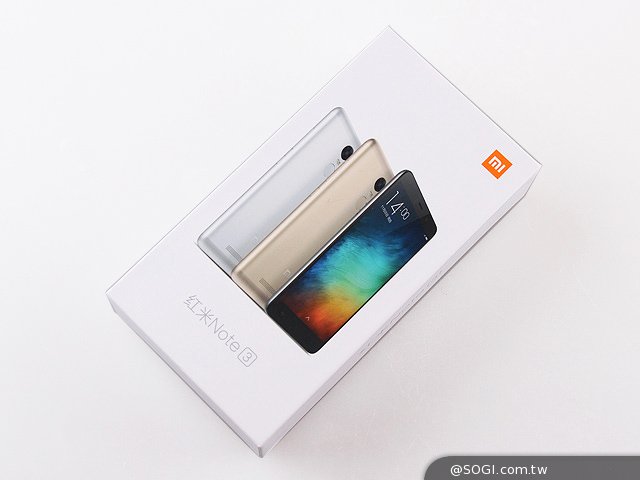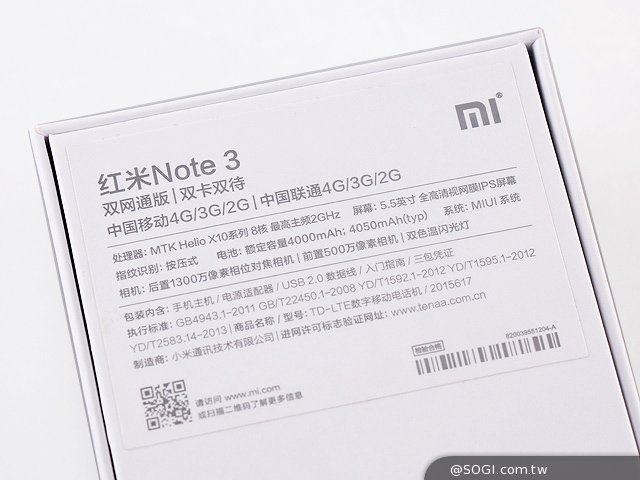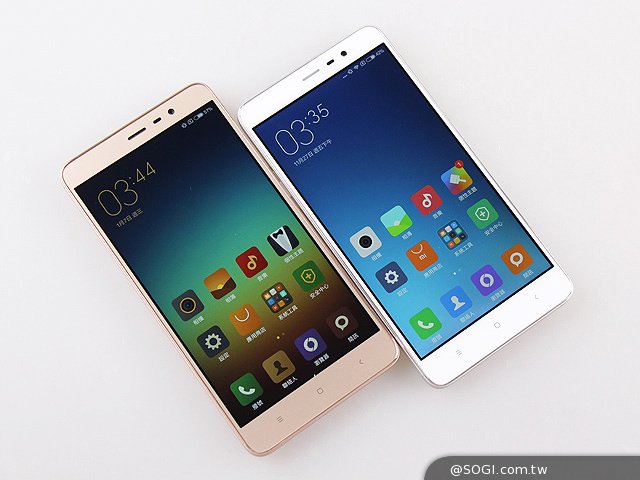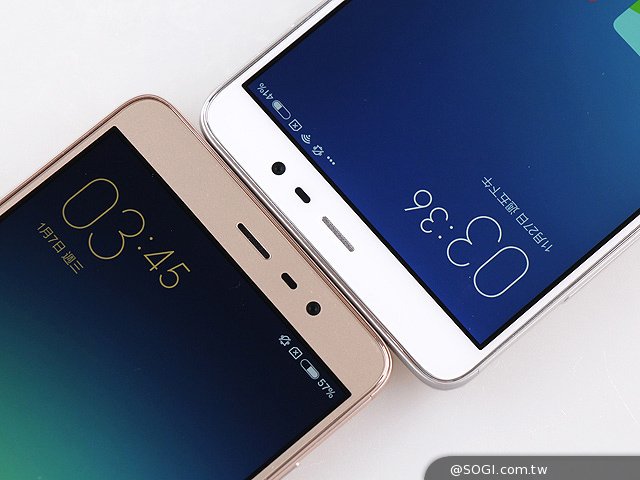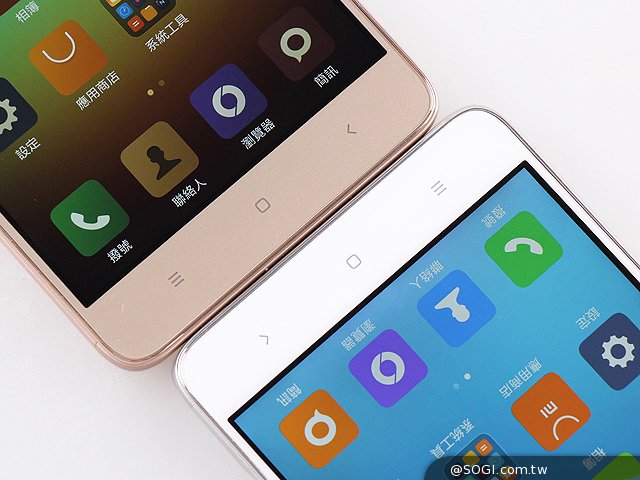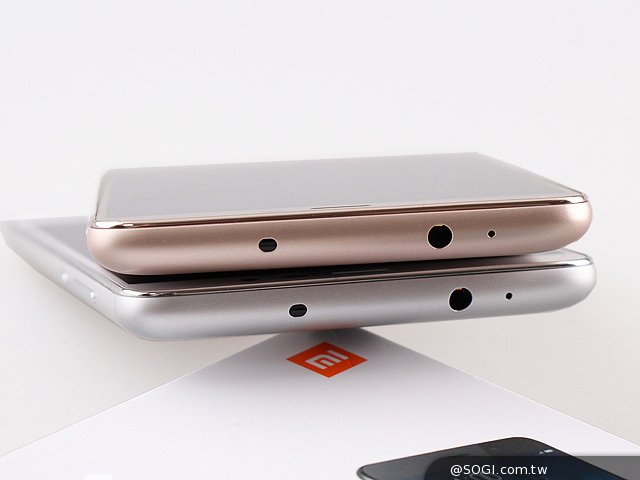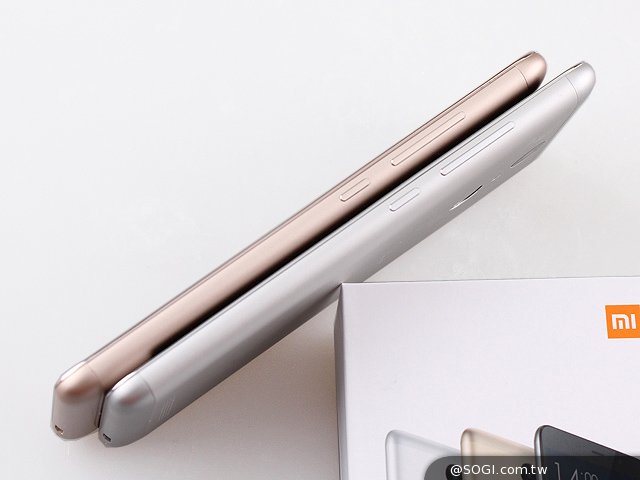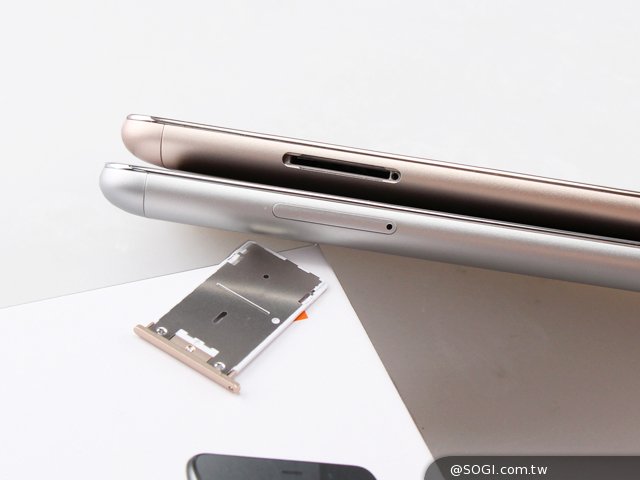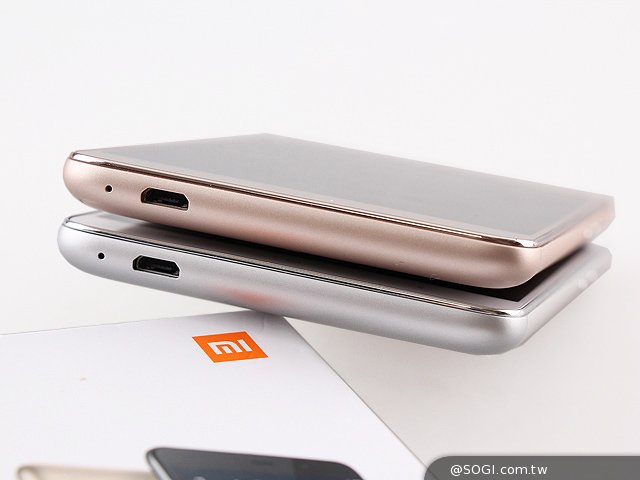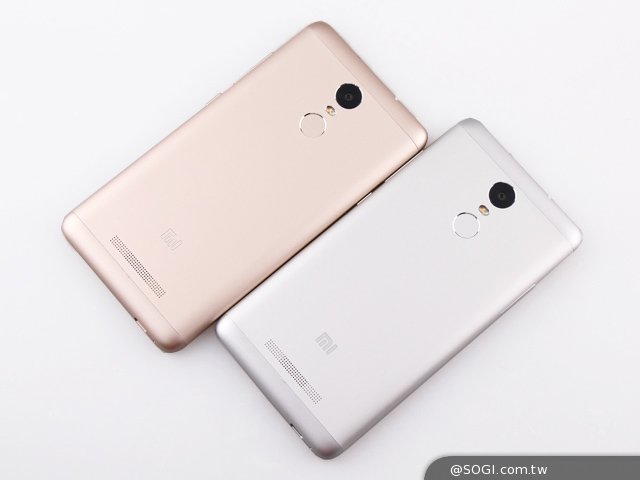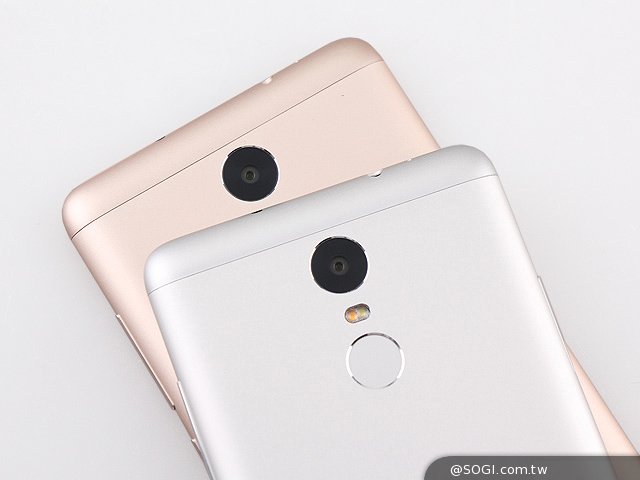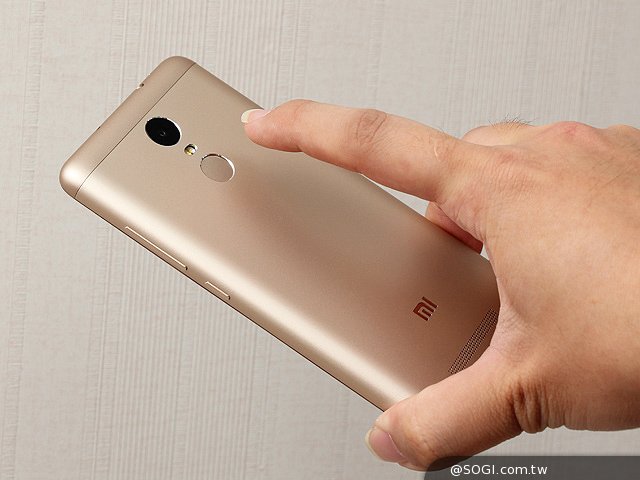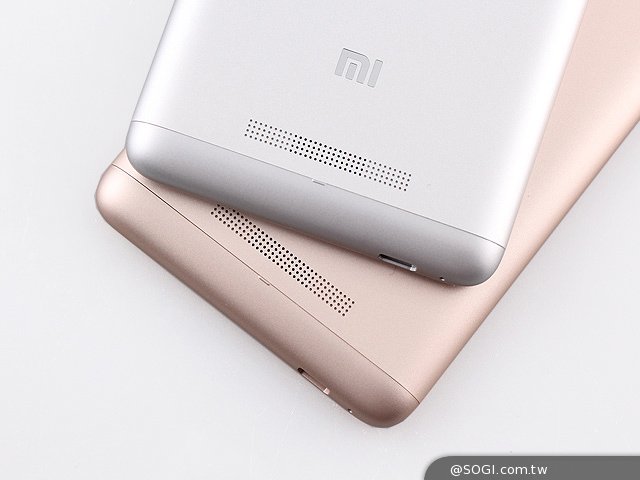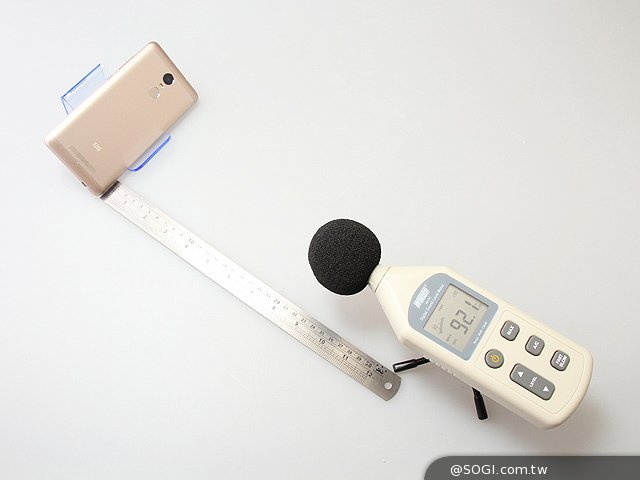The Redmi Note 2 from Xiaomi has just announced and launched in the market in August this year. Soon after, Xiaomi introduce the Redmi Note 3, an upgrade of the Redmi Note 2 in terms of larger battery and metallic build material. The Redmi Note 3 runs on Android 5.0.2 and unfortunately no longer supports microSD storage expansion nor exchangeable batteyr. Redmi Note 3 also comes with 5MP and 13MP camera combination and available in 2 option (2GB RAM/16GB ROM) and (3GB RAM/ 32GB ROM). Although the Redmi Note 3 has not officially launched in Malaysia, we’re able to get one of the Redmi Note 3 model for test!
Redmi Note 3 Specifications:-
- MIUI 7
- 5.5 inches 1080P Full HD display
- Helio X10 octa-core processor
- 2GB RAM / 3GB RAM
- 16GB ROM / 32GB ROM
- 13MP rear camera with PDAF auto focus technology
- 5MP front camera
- Fingerprint unlock
- Full metallic unibody design
- Dual SIM standby with 4G
- 4000mAh battery
- 162g
- 8.65mm thickness
Details outlook
The new Redmi Note 3 skips its conventional light brown covered box and now comes with a white box with the Redmi Note 3 model printed on top of it.
The Redmi Note 3 model details is printed on the back in which this model we tested are the high specs model (3GB RAM/ 32GB ROM).
The Redmi Note 3 is sized at 150 x 76 x 8.65mm with a metallic body as main build material. However, the weight of the new Redmi Note only exceeds 4g compared to the latest version while largely improves the exterior outlook of this new smartphone. The 5.5 inches Full HD IPS display also supports day and night mode reading which is highly versatile in different environmental settings.
On top of the display it comes with a proximity sensor, a front camera and the dialer speaker.
The 3 conventional Android keys are located at the bottom represented in a black colour instead of the red.
Microphones, 3.5mm audio jack and IR blaster are located on the top.
The volume rocker and the power button are now located on the right side of the device.
The rounded edge of the Redmi Note 3 provides better grip on the palm. The SIM slots are located on the left side of the Redmi Note 3.
The Redmi Note 3 supports 4G LTE / WCDMA / TD-SCDMA + GSM dual SIM standby mode and supports 2 micro SIM.
Another mic and the conventional microUSB port is located on the bottom.
The Redmi Note 3 is available in gold, silver and grey colour option. It is the first Redmi smartphone that features a metallic body and a matte finish on the exterior. It comes with 4000 mAh large non-removable battery with density at 690Wh/L.
The 13MP camera on the Redmi Note 3 supports PDAF auto focus technology which is able to focus an object in 0.1 seconds. It also supports Full HD video recording and 120fps slow motion capture. The dual tone LED flash light and the fingerprint recognition sensor is located beneath the camera.
The fingerprint sensor is able to retain 5 different unique fingerprints. Apart from unlocking the smartphone in 0.3 seconds, the fingerprint sensor can also grant access to different payment methods.
Mi Logo is embedded on top of the speaker grill at the bottom.
The Redmi Note 3 has a decent audio output through its speaker. With a distance at 20 cm, the largest volume can provides audio level at 92.1dB which is considered acceptable and satisfactory.
In short:
Although the Redmi Note 3 does not features any special design from the other smartphone, the new metallic body material enhances the exterior while the rounded edge provides a better grip on the palm. The 5.5 inches large display also provides decent visual experience while the loudspeaker can provides decent audio output in medium distance.
Stay tuned at Zing Gadget for more benchmark and other test for the Redmi Note 3!
Source: Sogi


